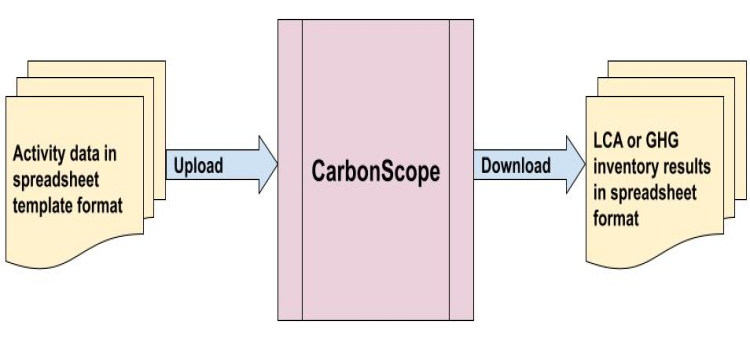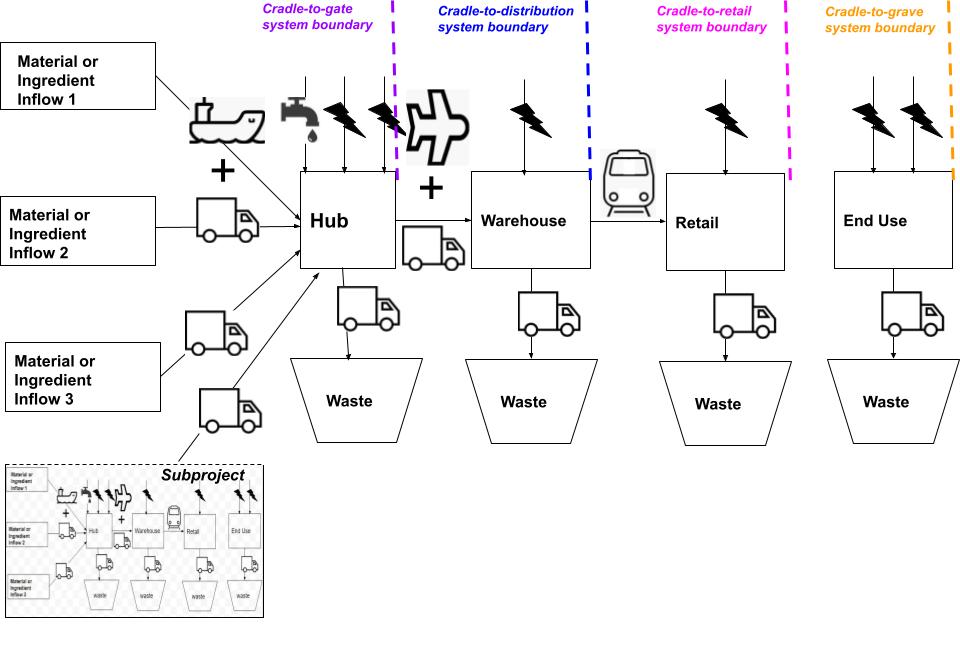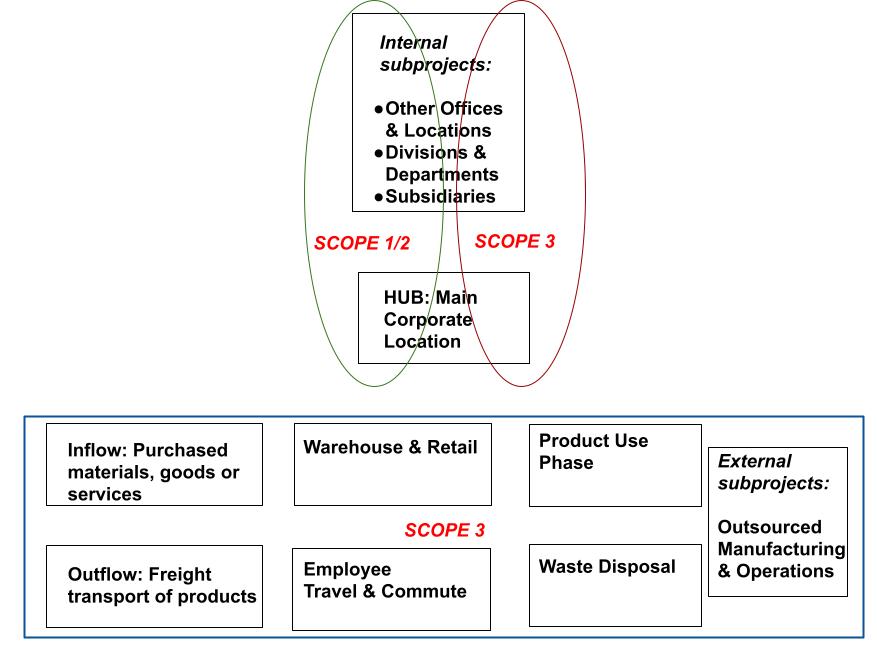
Product life-cycle assessments (LCAs) and corporate greenhouse gas (GHG) inventories are notoriously time-consuming, and often prohibitively expensive for many companies and organizations. But carbon footprinting of products and companies is more important than ever. If we are going to bend the emissions curve in this critical decade, emissions accounting must become as commonplace as financial accounting.
Our stated mission at CleanMetrics is to make carbon footprinting fast, easy, affordable and scalable. Our latest service offering does exactly that by streamlining, standardizing and automating the process – all without sacrificing quality and rigor. We are calling it Rapid Carbon Footprinting ™ (RCF).
RCF uses standardized templates for both product LCAs and corporate GHG inventories. Customers enter their product or corporate activity data in our Excel templates. We upload the filled out templates into CarbonScope and download results that can be emailed to customers after an internal technical review.
Turnaround times can be as short as 2-3 business days, and the cost per product or corporate location is under $800. This is an order-of-magnitude reduction in time and cost compared to industry average. With volume discounts, RCF is highly scalable for footprinting multiple products or complex corporate structures with many locations.
Product LCAs using RCF

Product LCAs are based on a standard template of a product life cycle as illustrated above. Various system boundaries are possible, such as cradle-to-gate, cradle-distribution, cradle-to-retail and cradle-to-grave. The data options and choices available in the template are tied to our extensive life-cycle inventory (LCI) database.
Customers fill out an Excel template that matches this life-cycle perspective, and the results are delivered in another spreadsheet. Here is a simple example:
Corporate GHG inventories using RCF

Corporate and organizational GHG inventories are based on a standard template of an organization’s activities as illustrated above. Corporate structures of varying complexity can be modeled, such as: multiple locations, divisions, departments, subsidiaries, and outsourced operations. We use a hybrid methodology – combining process-based and economic input-output based LCI data – for fast and efficient modeling.
Customers fill out an Excel template that matches this organizational perspective, and the results are delivered in another spreadsheet. Here is an example:
- Activity (input) data as filled out by a hypothetical customer
- GHG inventory results delivered to customer
Download templates
The activity data templates require Excel macros for full functionality. Both the LCA and the GHG inventory templates are available for download as Excel files.